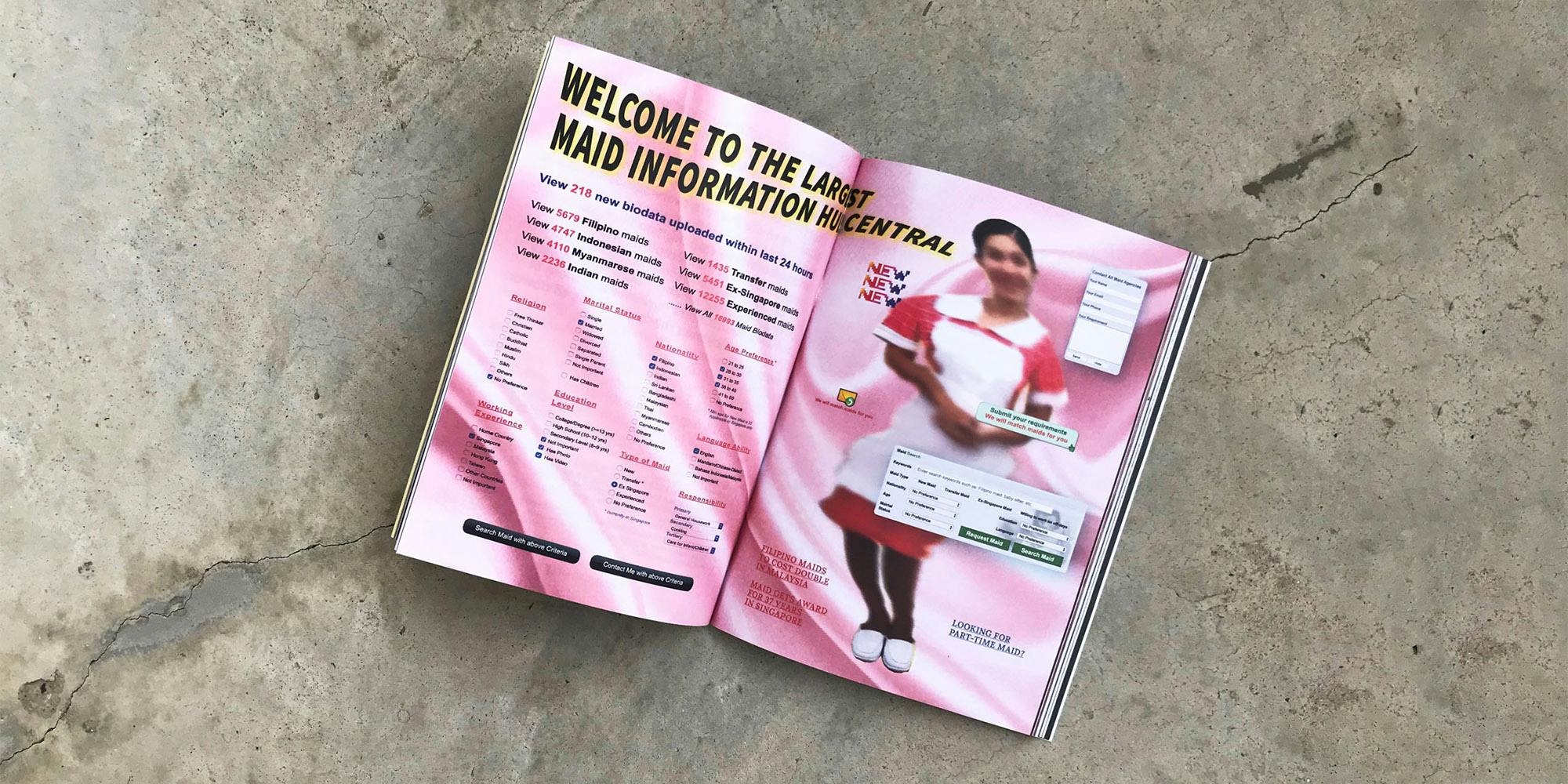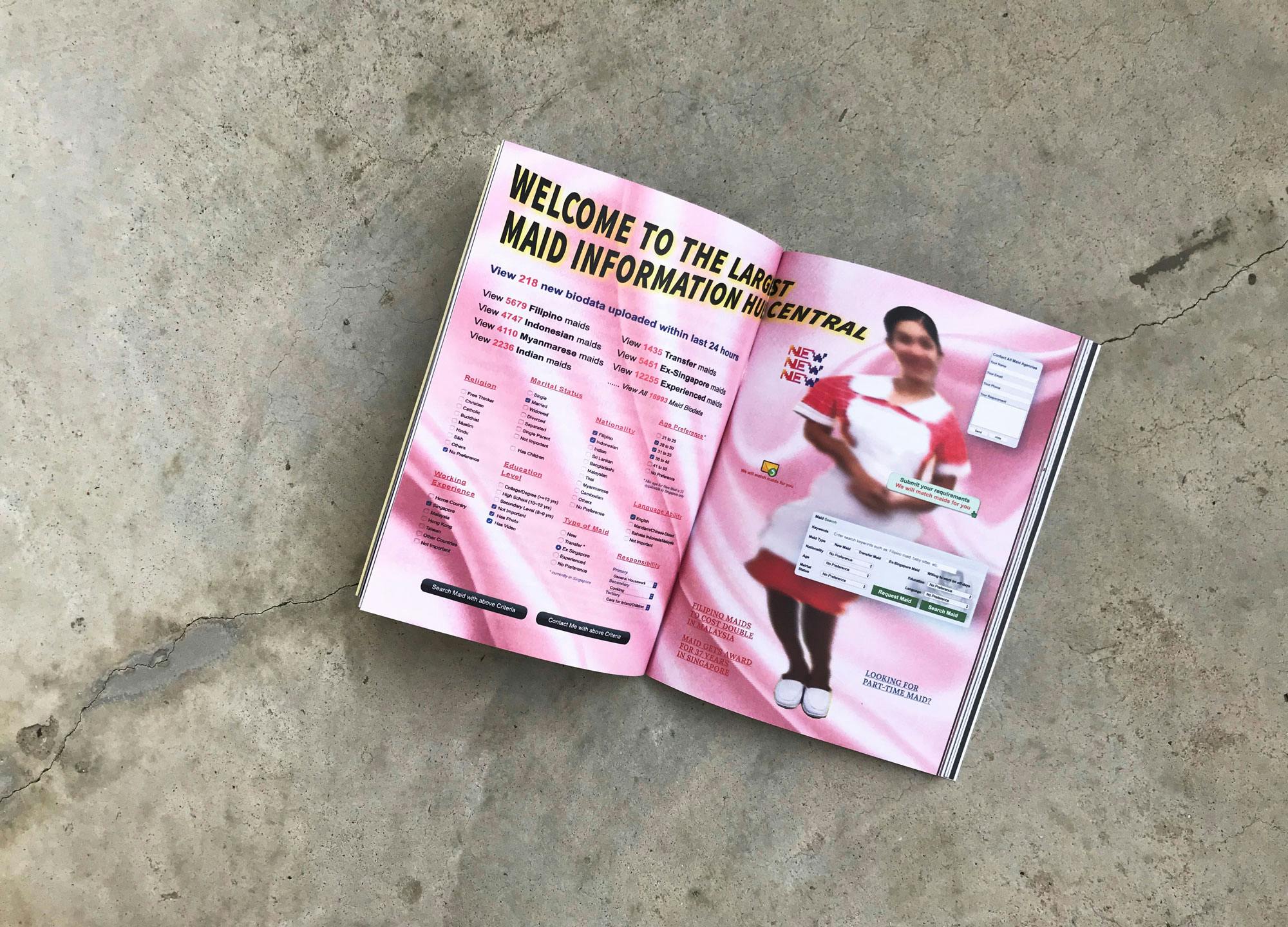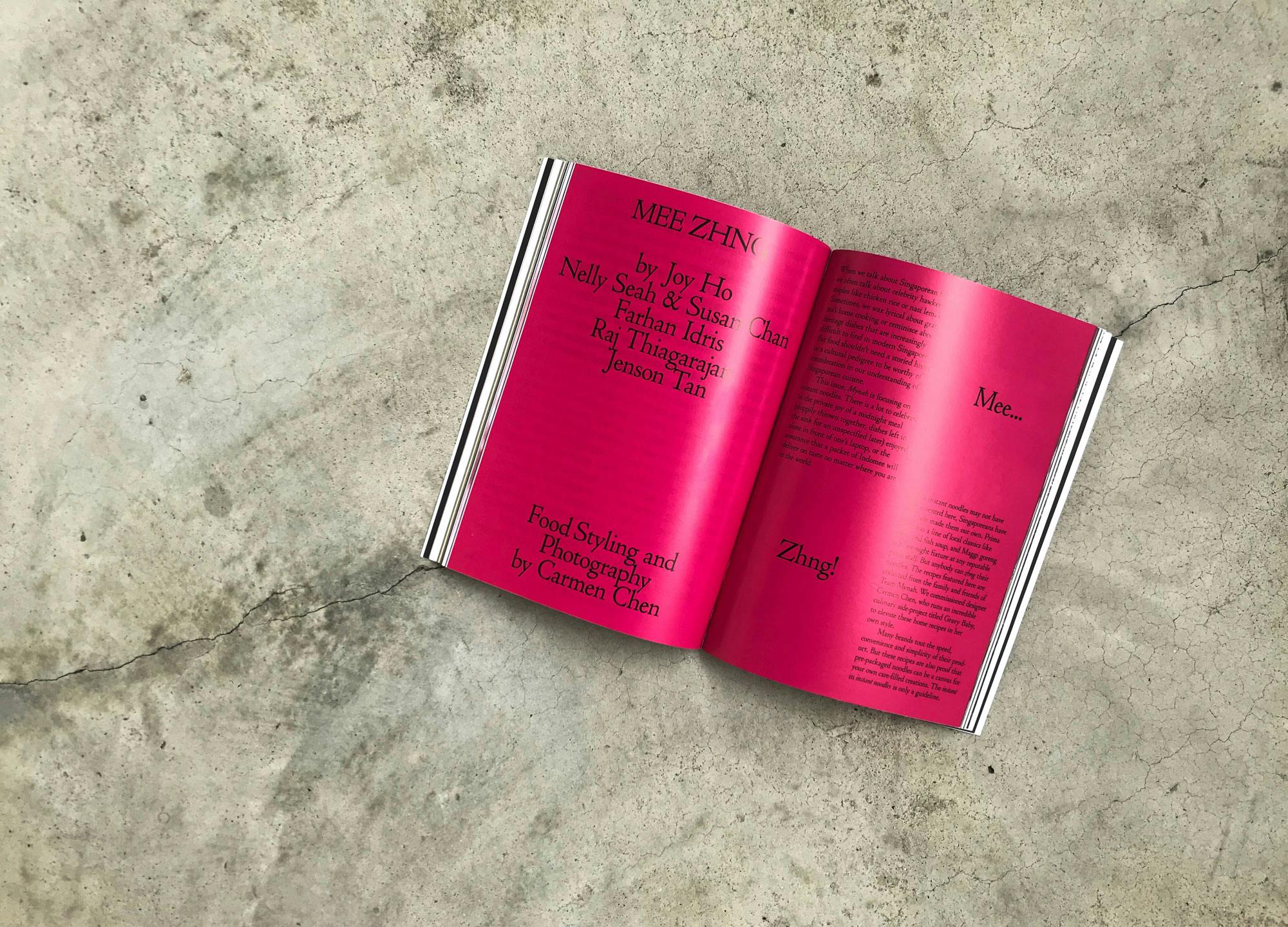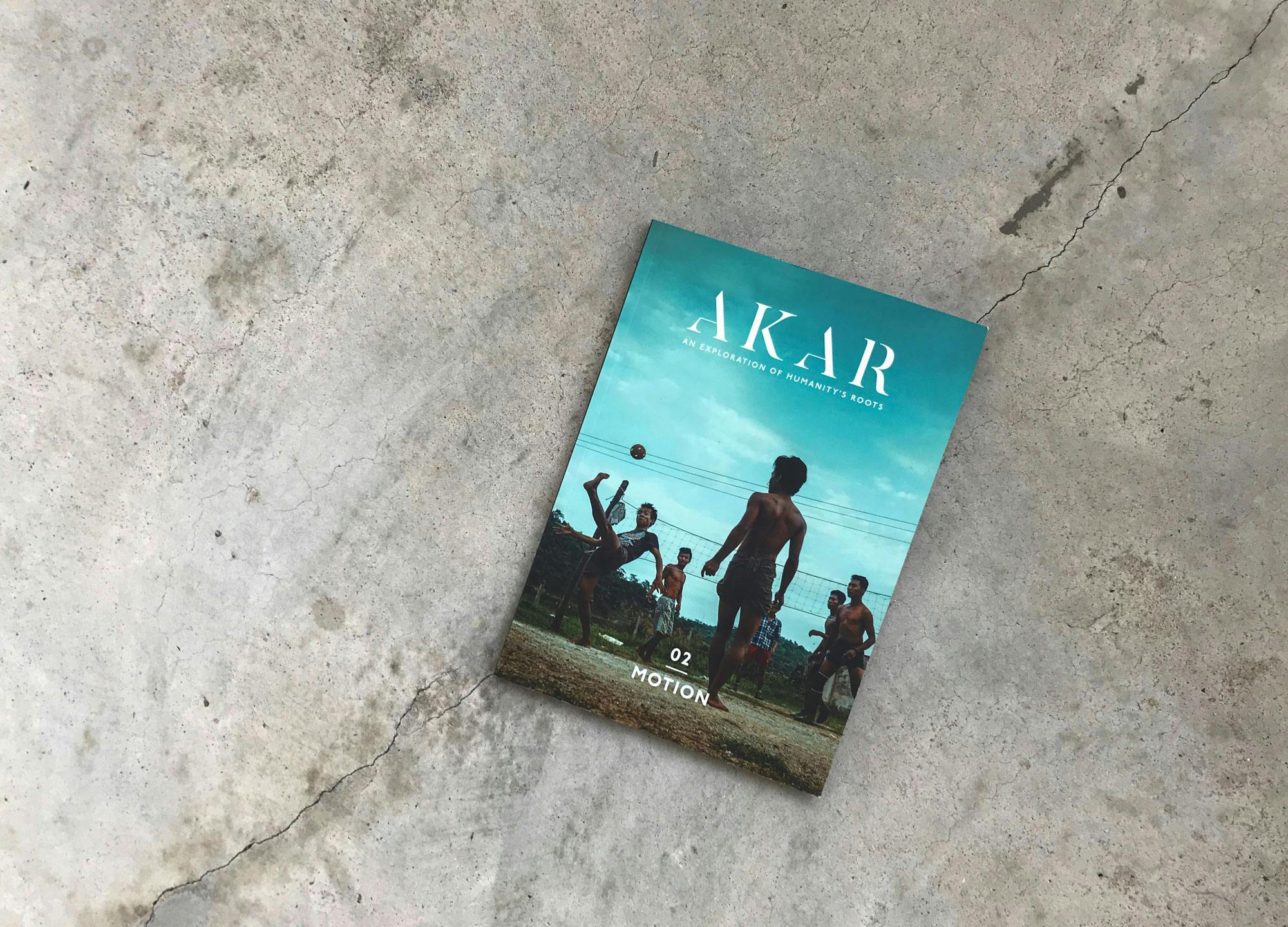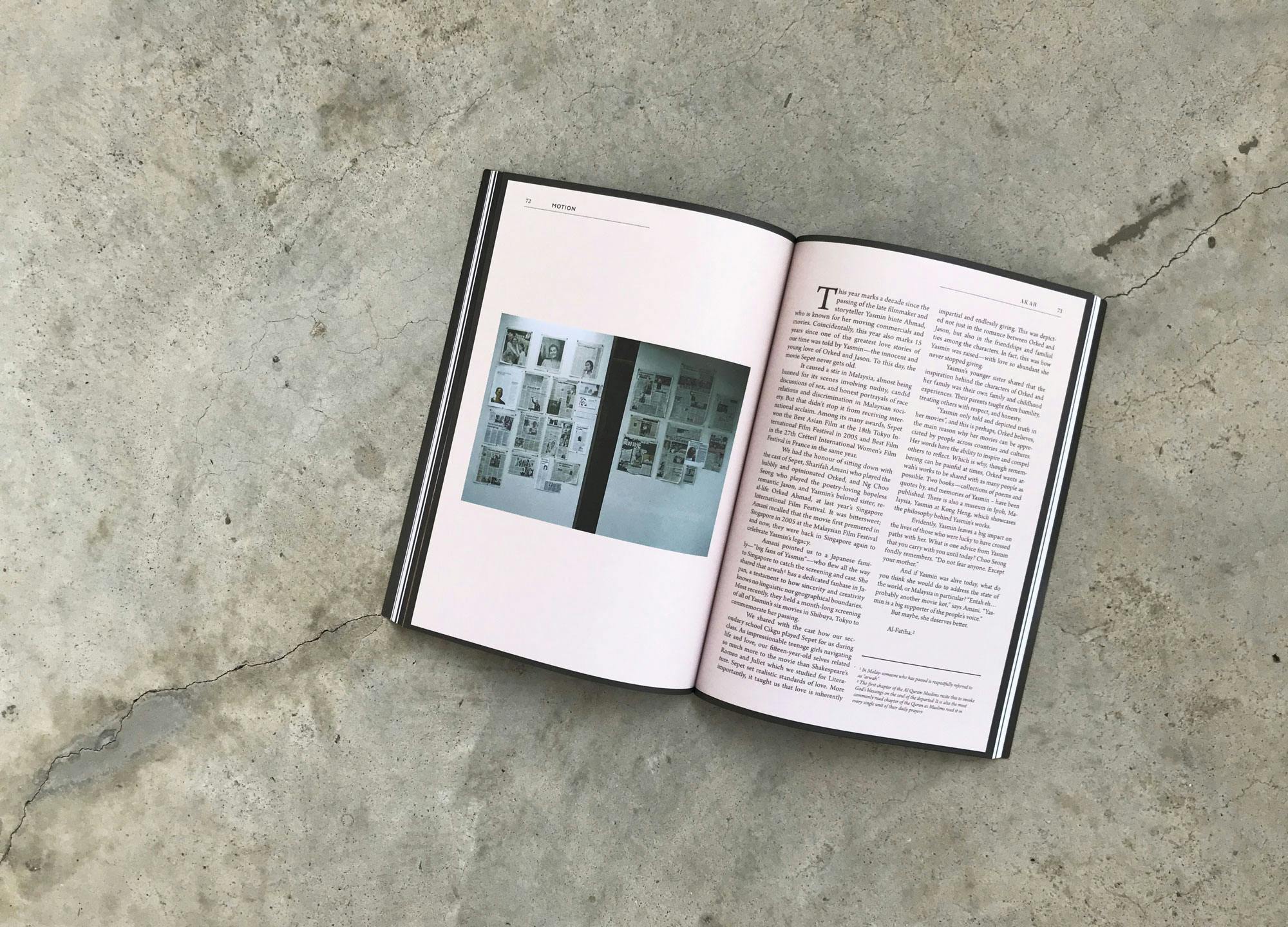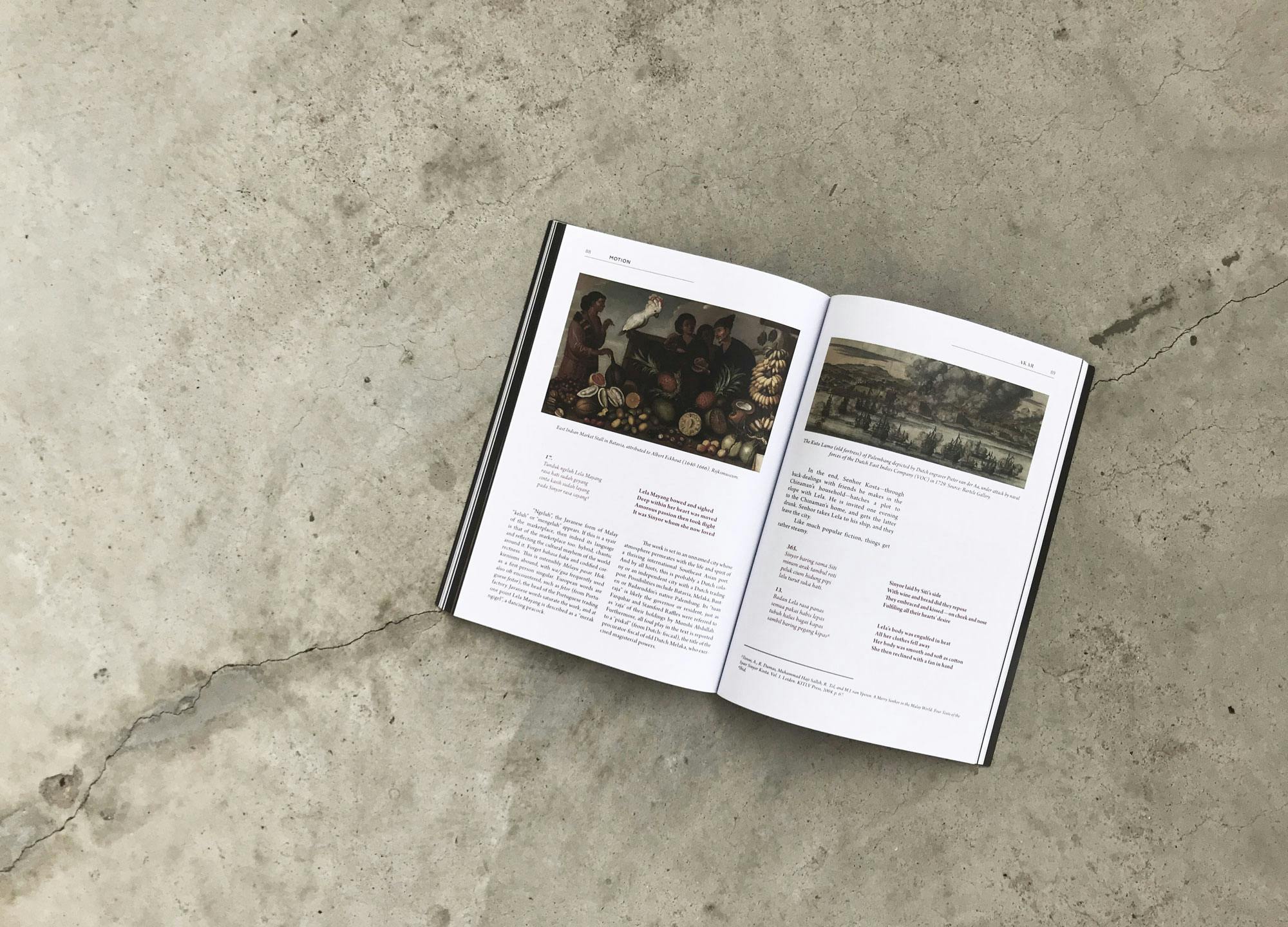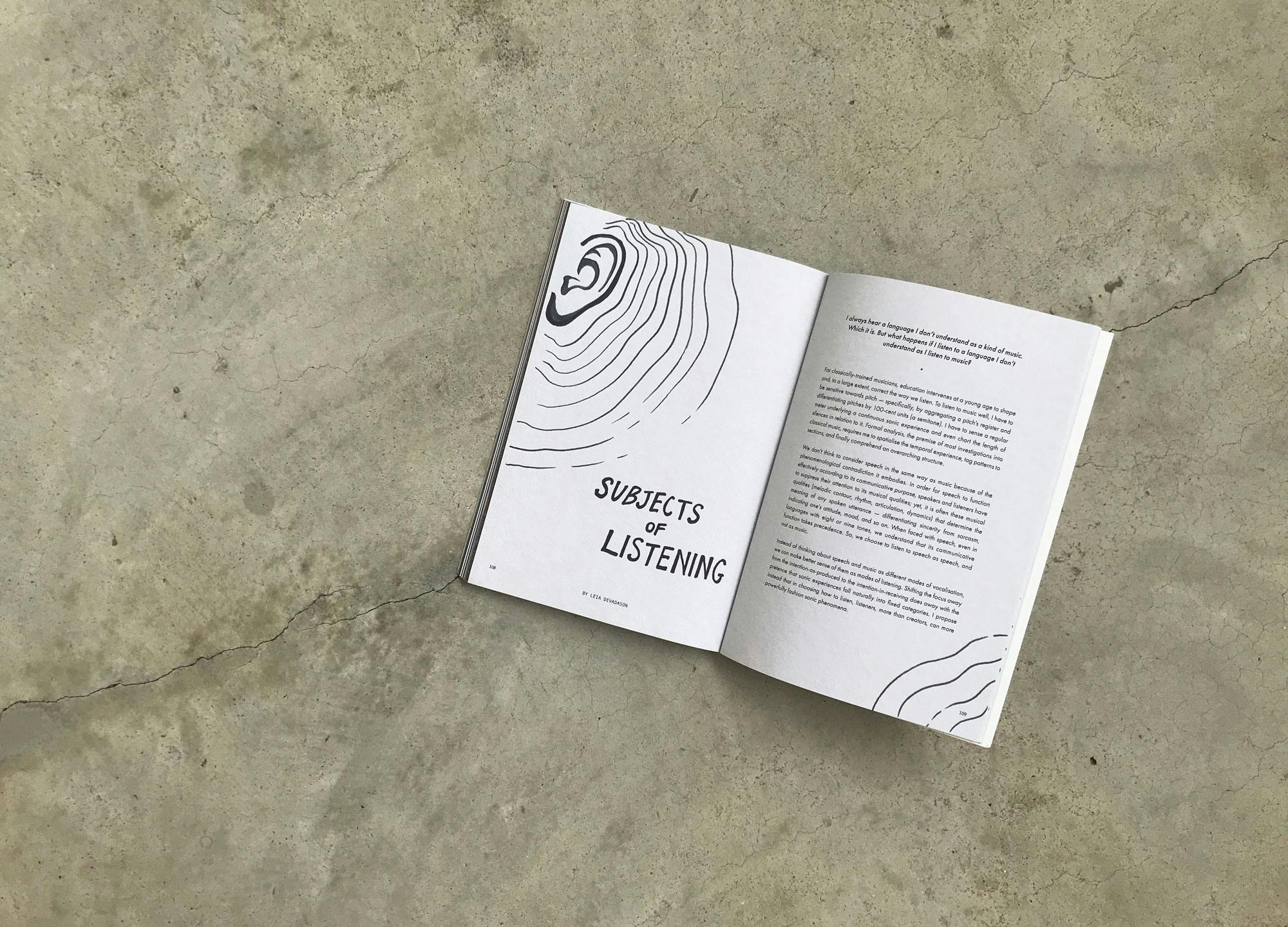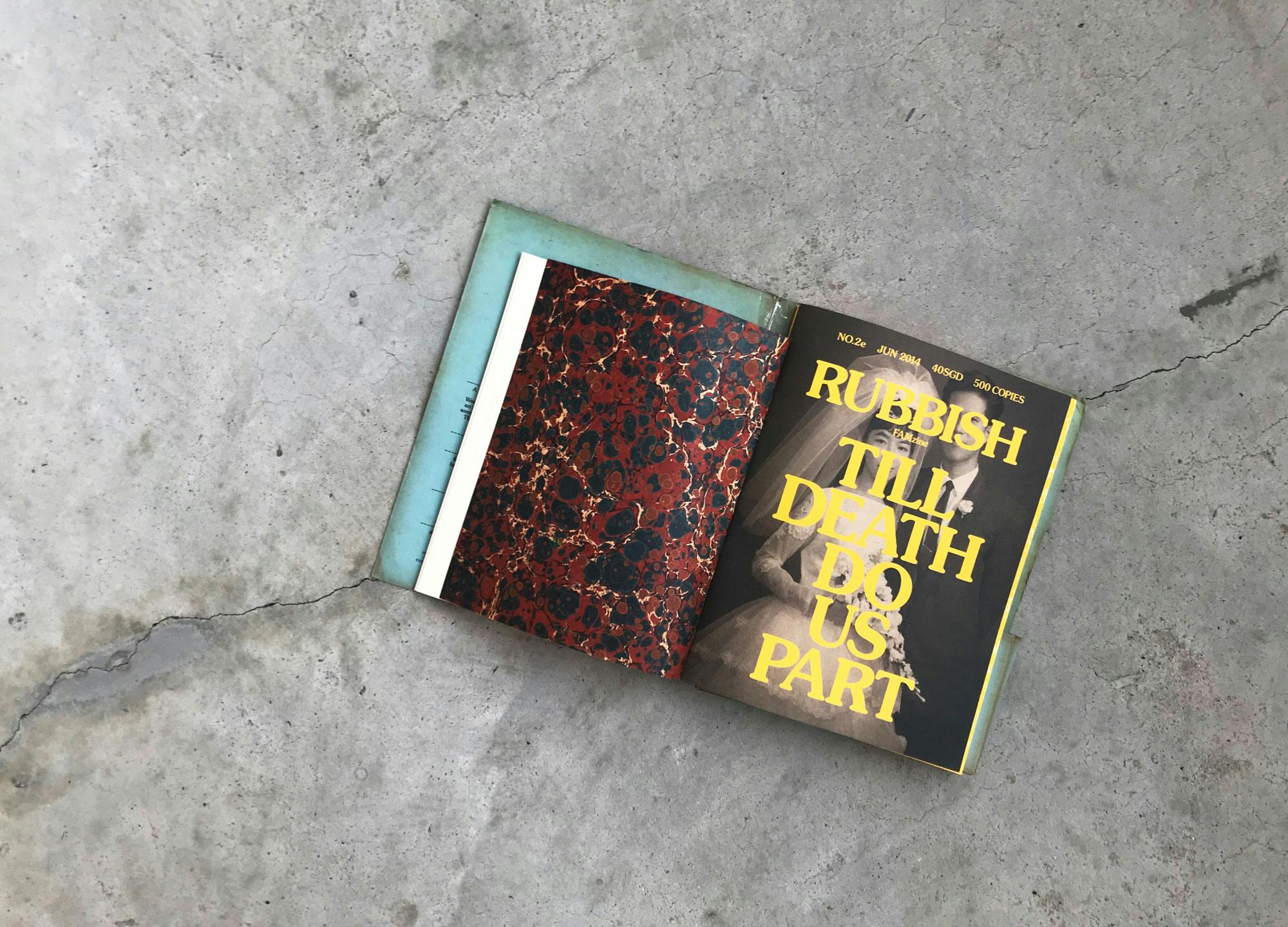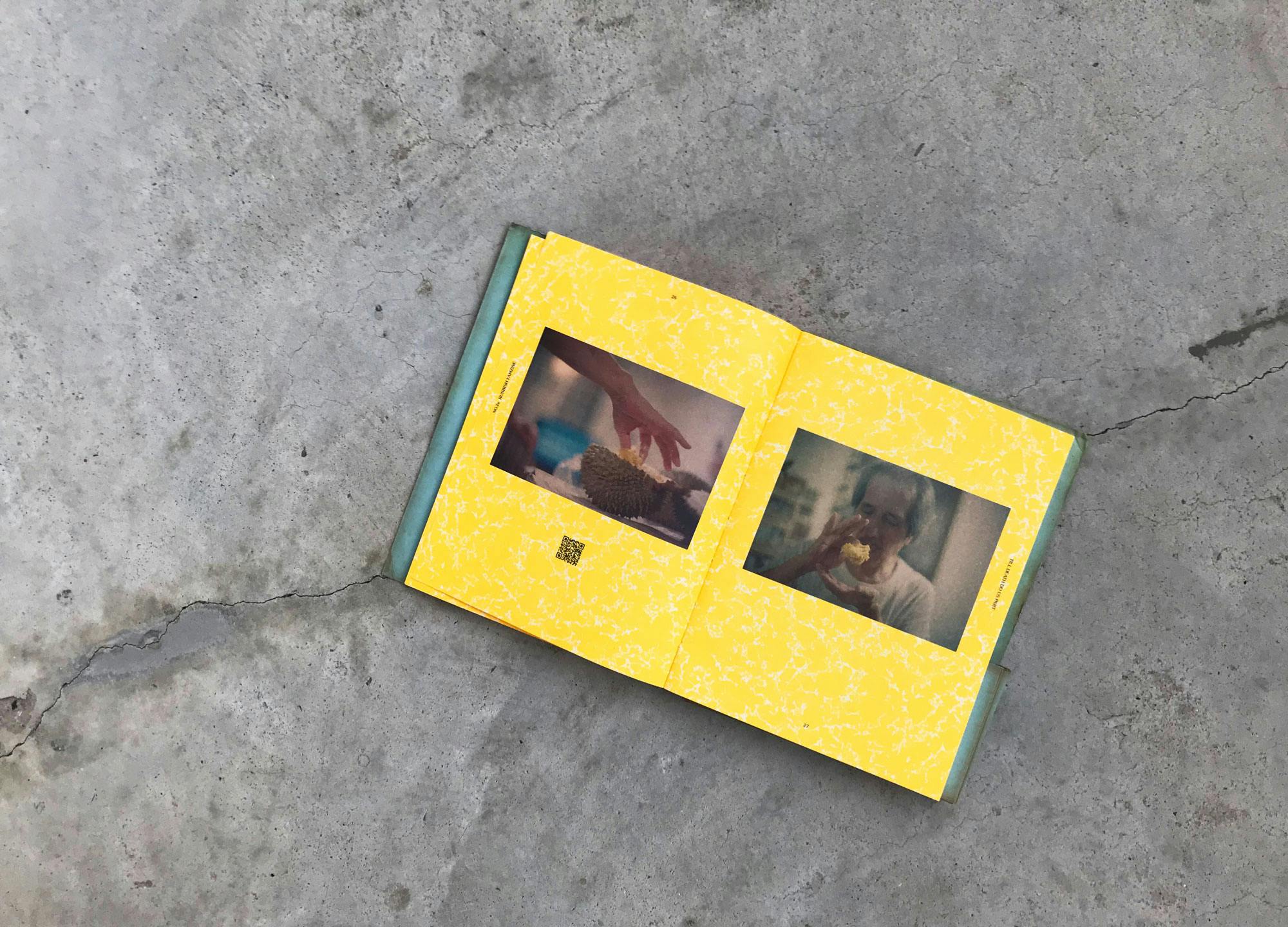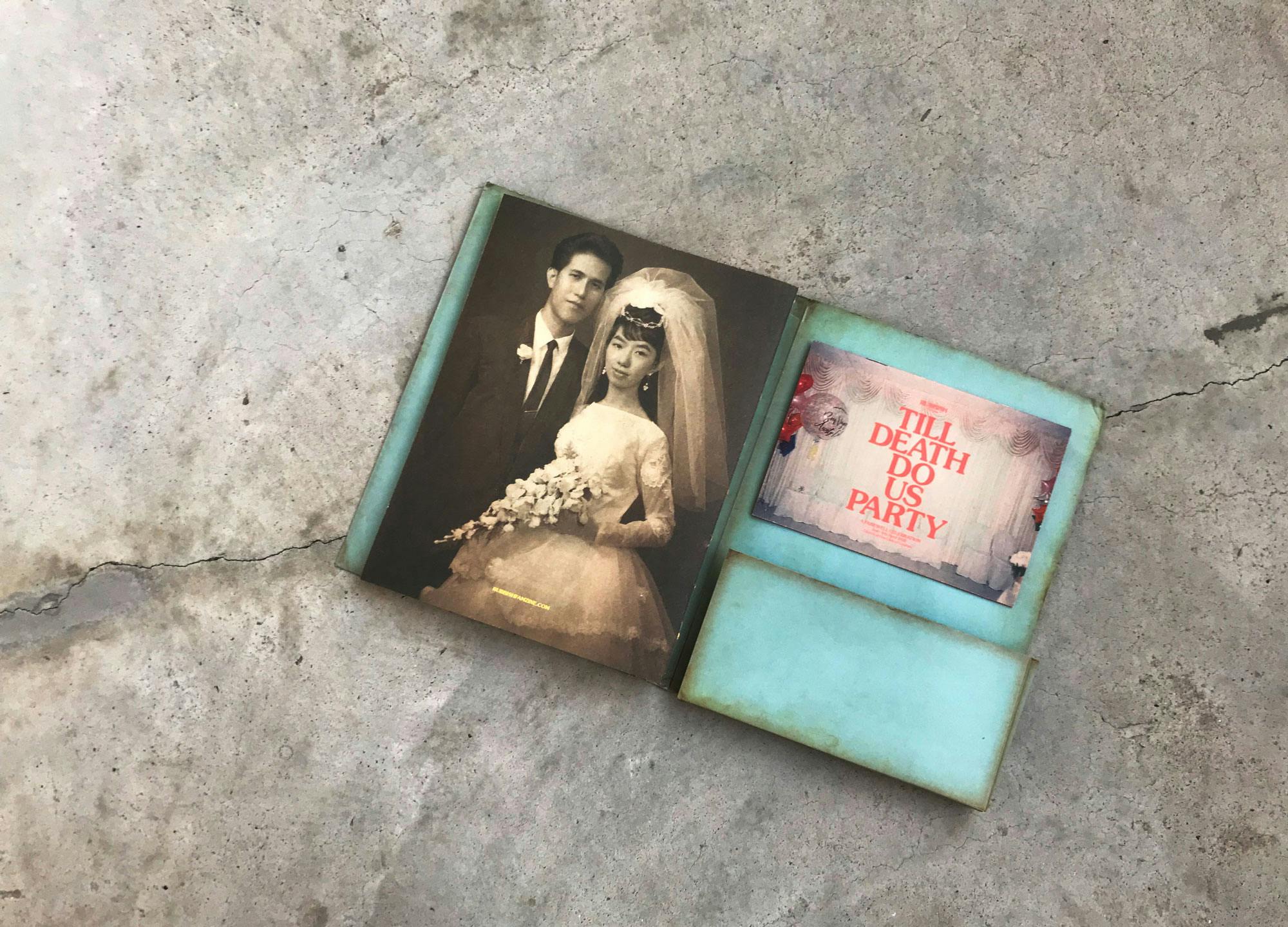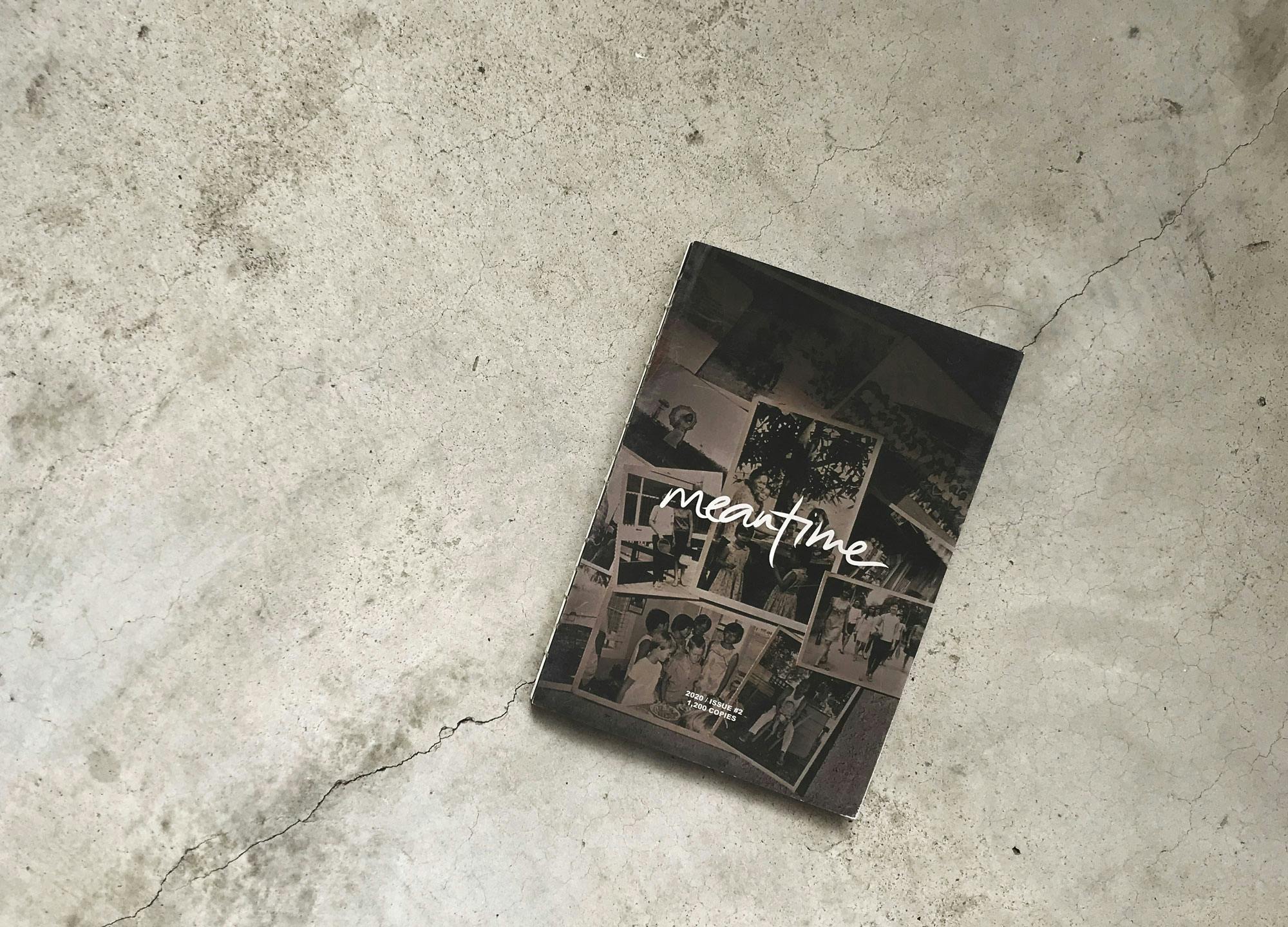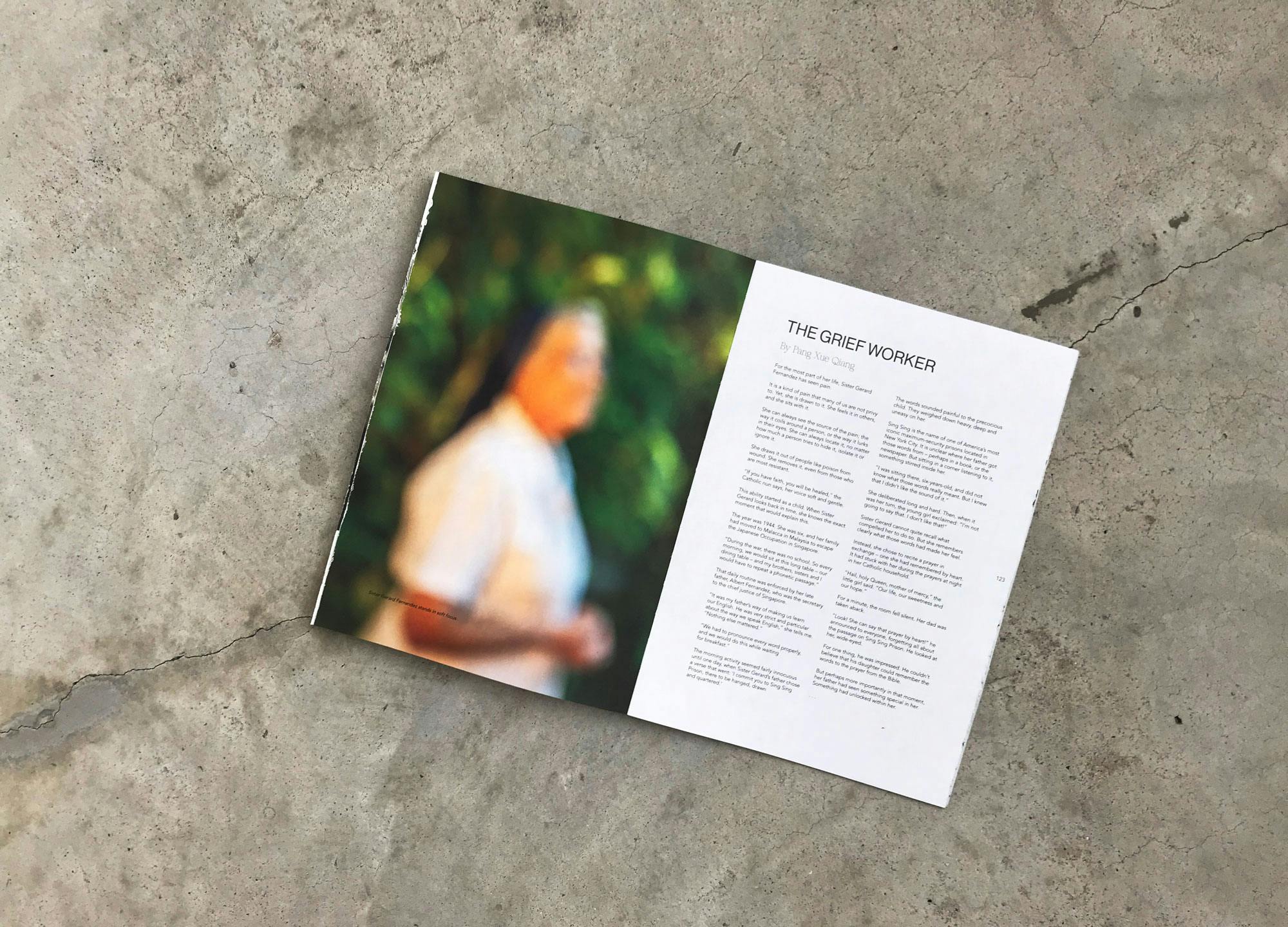Dispatch from Singapore
What does independent publishing look like outside the big hubs like London and New York? Our monthly series turns to special correspondents in some of the world’s most interesting centres of independent publishing to get the view from the ground. This month, Meantime editor Pang Xue Qiang reports on the magazines coming out of Singapore.
There are several versions of Singapore, depending on who is telling the story. One, it is crazy rich: home to millionaires and wealthy families who live in extravagantly ornate mansions (think, Crazy Rich Asians). Two, it is futuristic: teeming with glass greenhouses, steel supertrees and rooftop infinity pools, like a page from a sci-fi novel. Three, it is super strict: vandalism is punishable by caning, chewing gum is banned, and you get slapped with a fine for jaywalking or littering.
These depictions may hold some truth, but they are only partial views of my country — seen through either a foreign, or an official lens.
Singapore is a city-state of 5.7 million people — nearly 1.7 million of whom are foreigners — making it hard to claim our own narrative.
Public discourse is carefully managed, and limited to just three printed English-language newspapers in the entire country (all run by one publisher). The country’s media industry is tightly controlled by the authorities, with documented instances of censorship and restricted press freedom.
Many may know that Singapore achieved economic success quickly through state design and calibration, embracing rules and order. Yet, the young nation’s identity (Singapore became an independent country just 55 years ago) cannot be summed up neatly. We continue to figure out our history, culture and place in the world. And independent publishing, with its unbridled creativity and freedom, may be helping that.
With expression stifled in the country’s press, self-publishing can become a way to bare souls. The result is an eclectic community of magazines breaking the mould, reflecting intimacy and connection not commonly found in portrayals of the country in mainstream media.
With independent publishing, people find ways around strict regulations, change cultural norms and do things their way. It is on the pages of independent magazines that you can truly see Singapore.
Through long-form critical essays, Mynah Magazine tells stories that have eluded public attention — topics that are uncomfortable, overlooked or somehow silenced. In its latest issue, for example, one piece offers glimpses of an alternative Singapore in which British colonialism never happened. Another examines humane labour arrangements for foreign migrant workers in the country.
Perhaps the publication is best represented by its name. The mynah is a pest on our streets. Like this invasive bird — which can be found raiding garbage cans and scooting into people’s homes — the magazine’s content is subversive in its nature. And that’s what makes its stories unmissable.
Southeast Asia (made up of 11 countries, including Thailand, Vietnam, Indonesia and Singapore) is an incredibly diverse region, and Akar is the magazine that captures its unique tapestry.
‘Akar’, which means ‘roots’ in Malay, is a publication about our shared humanity. Published in Singapore, its stories trace beginnings, exploring issues steeped in customs. The latest issue — Akar’s second — is themed ‘motion’, and features stories including a first-person account of batik making (a technique originating in Indonesia for decorating textiles using molten wax), as well as a photo essay about life on the Mekong River.
Every issue is concerned with local cultures, evolving traditions and crafts, and the human relationship with the environment. It is a soulful magazine with a rustic look.
Now & Again is a magazine dedicated to artistic collaboration. Describing itself as a “sketchbook”, each issue is made by a group of Singaporean artists and arts graduates. In its second issue, themed ‘sound’, friends scattered in different parts of the world are given disposable film cameras and notebooks with instructions. Their task: to visually represent the sounds in their spaces.
The end product is an assorted vision board, with the magazine medium as a blank canvas. In Singapore, artists are often told where and what they are allowed to paint (street graffiti, for instance, needs to be approved by authorities and you can only practice it at selected walls). As a result, Now & Again is a liberation, and its beauty lies in its documentation of the process of making art together.
Buy Now & Again in the Stack shop
Rubbish Famzine is something you can take both way too seriously and not seriously at all. The brainchild of a design family in Singapore — comprising mum Claire, son Renn, daughter Aira and dad Pann — each issue is based on an aspect of the family’s little life.
What they have created is a world unto itself, revolving around a family unit. Its second issue (titled ‘Till Death Do Us Part’) is a beautiful tribute to the family grandparents: featuring Grandpa Louis’ weird traits and Grandma Catherine’s hidden talents. Every issue is an endearing record of the family growing up — and growing old — together. Going through its pages is like stumbling upon a family’s private album; slowly, the outside world dissolves away.
Buy Rubbish Famzine in the Stack shop
Meantime is an annual publication that explores Singapore through personal stories, documenting narratives that would otherwise be lost to time or forgotten in history. I should say straight away that I am the editor and founder, so I need to declare a little bias here when listing Meantime as one of my favourite publications.
It is an archive of life in the country, made up of profiles of ordinary people with extraordinary stories to tell. In its second issue (on ghost stories), you can read about a Catholic nun who counselled prisoners on death row, or a man who traced his ancestry to discover a connection to a Chinese goddess. The publication also features print surprises: torn pages, jagged edges and a cover that gradually changes colour when in contact with heat from our hands.
Our country is sometimes seen as artificially created and planned. This is partly because we were born by ‘accident’: before independence, Singapore was part of Malaysia, but we were expelled due to political and economic differences. Becoming an independent nation was not originally on the cards, and because we are a small population without any natural resources, we tightly orchestrated and meticulously planned our survival. Unfortunately, this obsession with control and planning spilled over to arts and culture too. Our media is orderly, controlled, picture-perfect. But with Meantime, we wanted to show something a little messier. Our goal is to offer an intimate and tender portrait of Singapore through the lives of its people.
